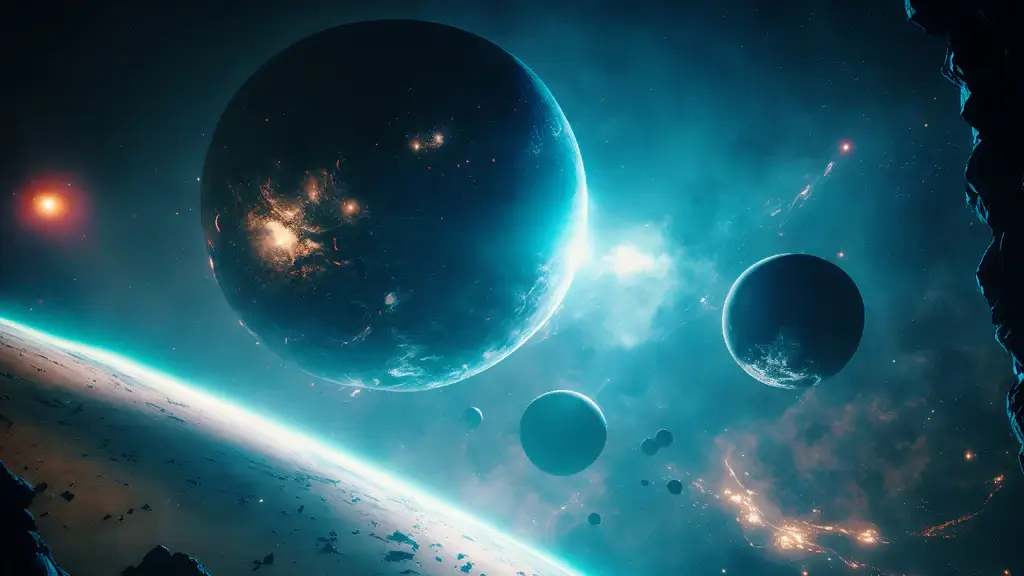
These are just a few of the many mystery objects in the universe. Scientists are continuing to make progress in understanding these objects, but there is still much that we don't know.
-
Fast radio bursts (FRBs): These are incredibly bright bursts of radio waves that come from outside our galaxy. They last for just a few milliseconds, but they can release more energy than the Sun in an entire day. We don't know what causes FRBs, but there are many theories, including collapsing stars and colliding neutron stars.
-
Rogue planets: These are planets that are not bound to any star. They drift through space on their own, and we don't know how they formed. Some rogue planets may have been ejected from their star systems, while others may have formed in a different way.
-
Herbig-Haro objects: These are small clouds of gas and dust that are found around young stars. They are formed when the star's jets of material collide with surrounding gas and dust. Herbig-Haro objects are very bright and can change rapidly over time.
-
Bok globules: These are cold, dense clouds of gas and dust that are found in interstellar space. They are thought to be the birthplaces of stars, and they can collapse and form new stars when they become unstable.
-
Ultra-luminous X-ray sources (ULXs): These are galaxies that emit more X-rays than any other kind of galaxy. They are thought to be powered by black holes that are accreting matter at a very high rate.
-
Magnetars: These are neutron stars with extremely strong magnetic fields. Their magnetic fields are so strong that they can disrupt nearby planets and even spacecraft.
-
Kilonovae: These are incredibly bright explosions that are thought to be caused by the merger of two neutron stars. They can release more energy than the Sun in its entire lifetime.
-
Gamma-ray bursts (GRBs): These are the most energetic explosions in the universe. They last for just a few seconds, but they can release more energy than the Sun in its entire lifetime. GRBs are thought to be caused by the collapse of massive stars or the merger of neutron stars.
-
Wormholes: These are hypothetical tunnels through spacetime that could connect two distant points in the universe. Wormholes have not been observed, but they are allowed by Einstein's theory of general relativity.
-
Dark matter halos: These are invisible halos of dark matter that surround galaxies. Dark matter is a mysterious substance that makes up about 85% of the matter in the universe, but we don't know what it is or how it interacts with ordinary matter.
Please Check this Video Demonstration of 10 Mystery Objects of the Universe
